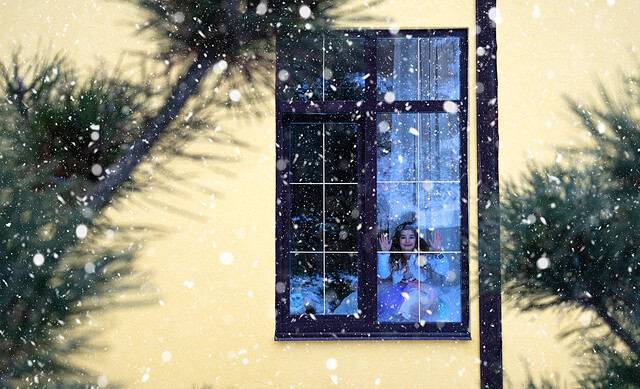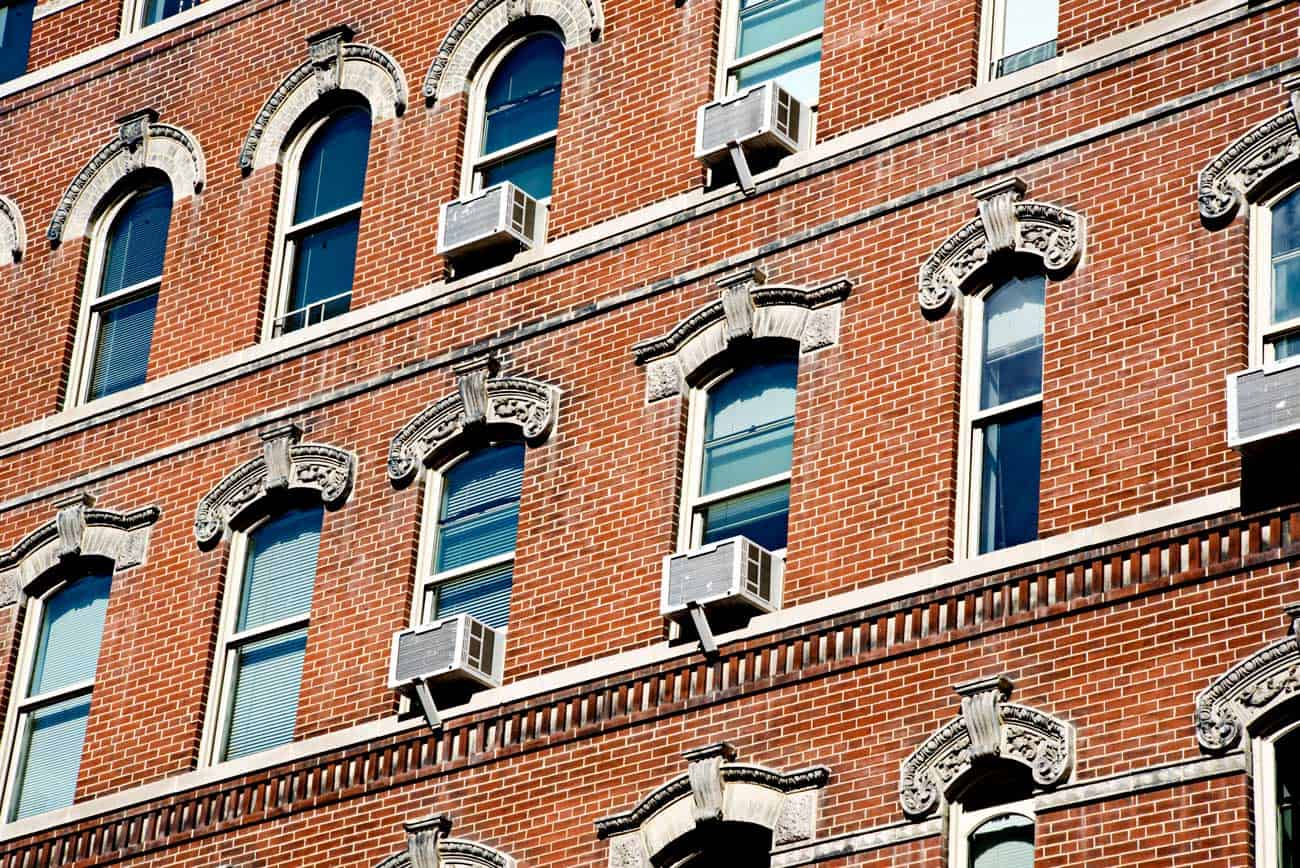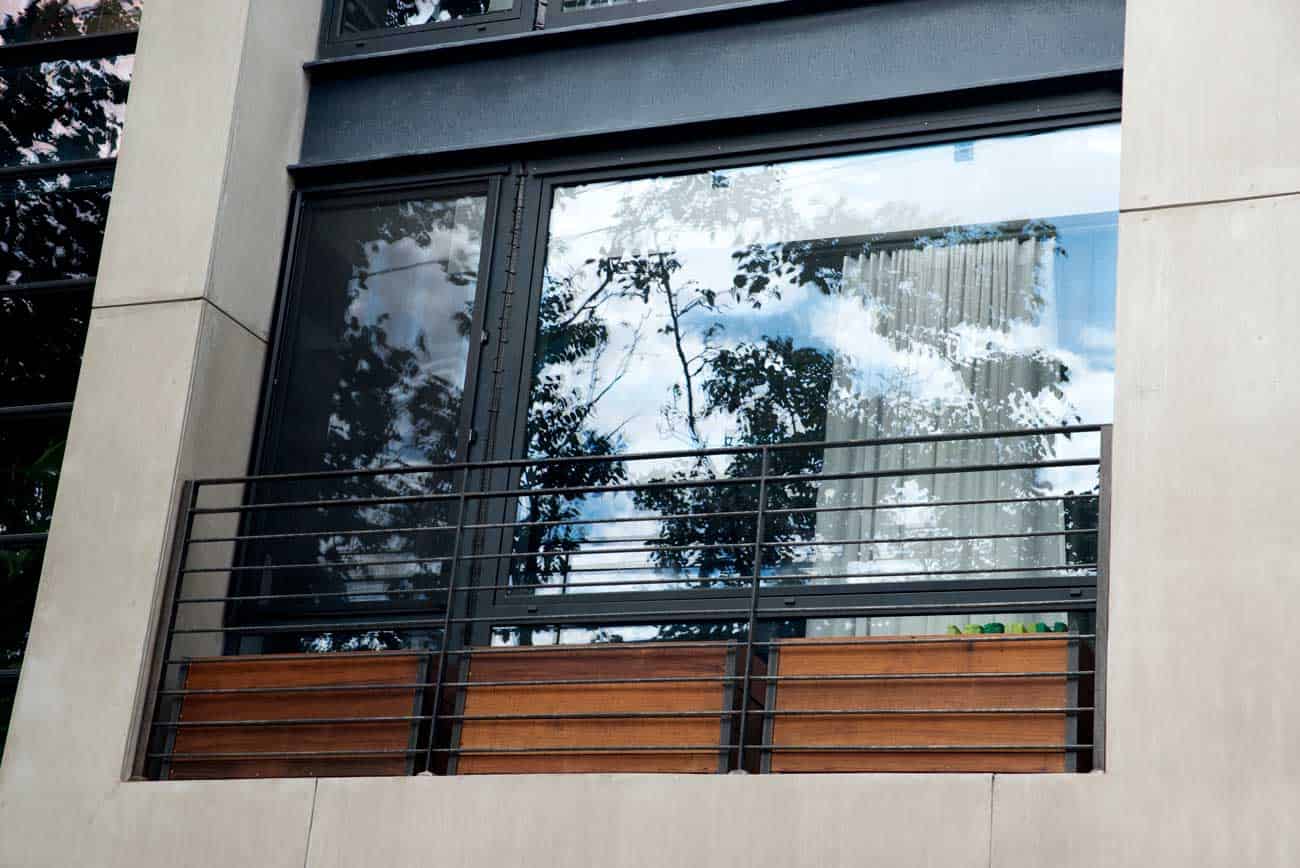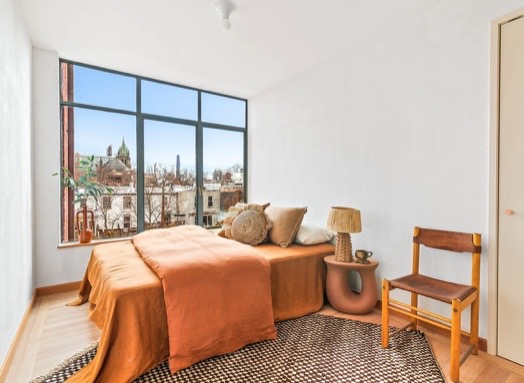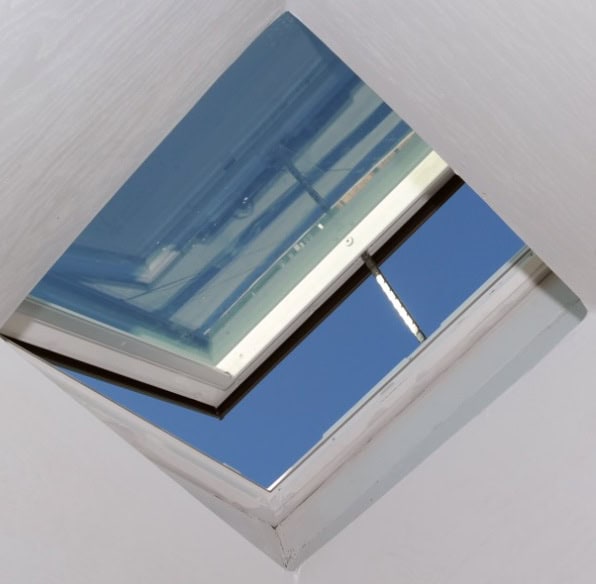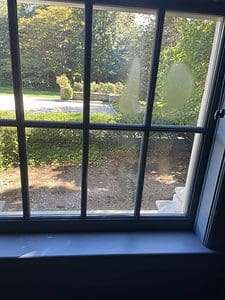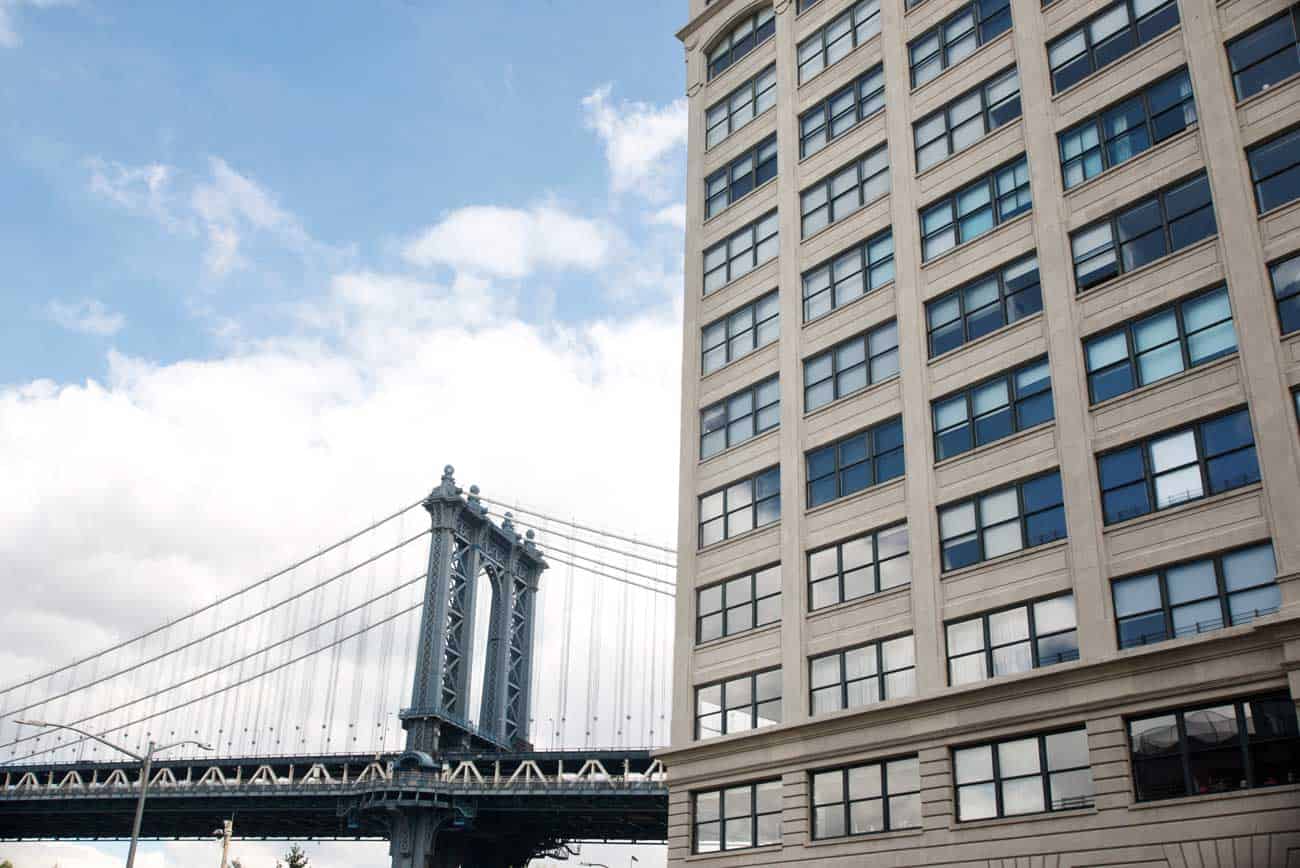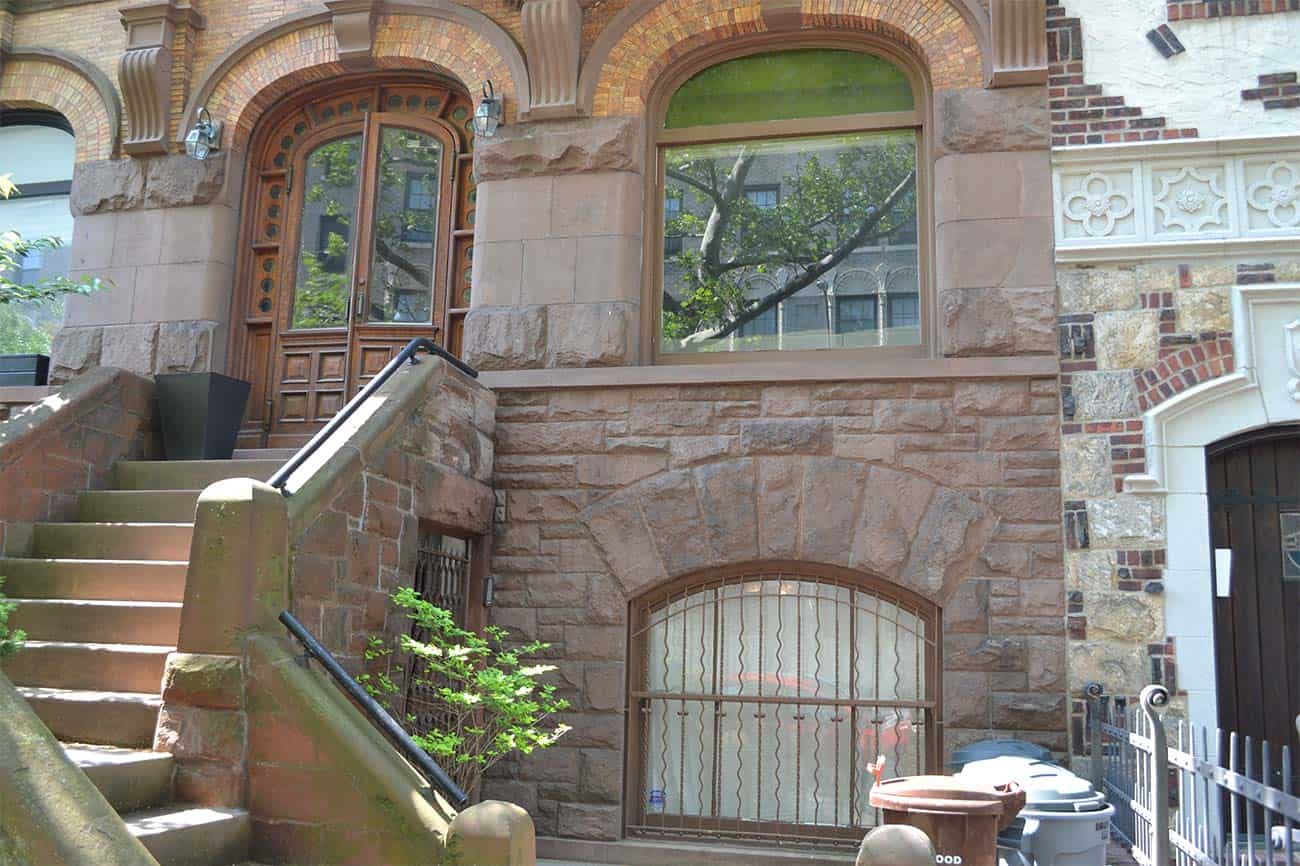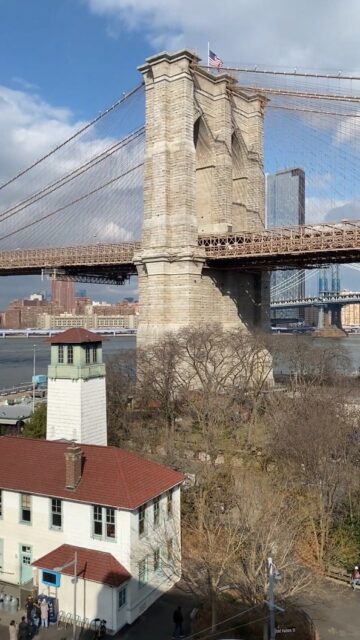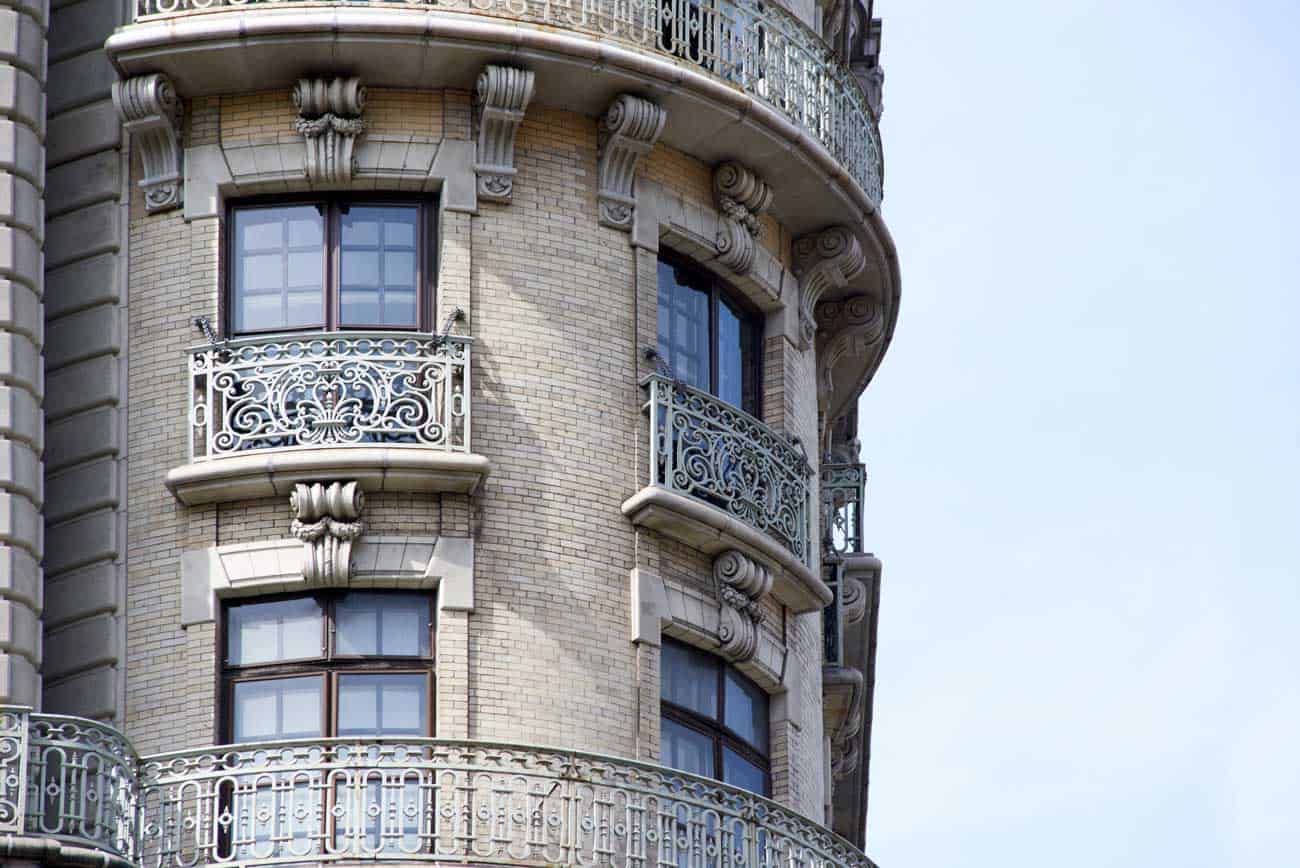2 Life-Saving Window Safety Devices
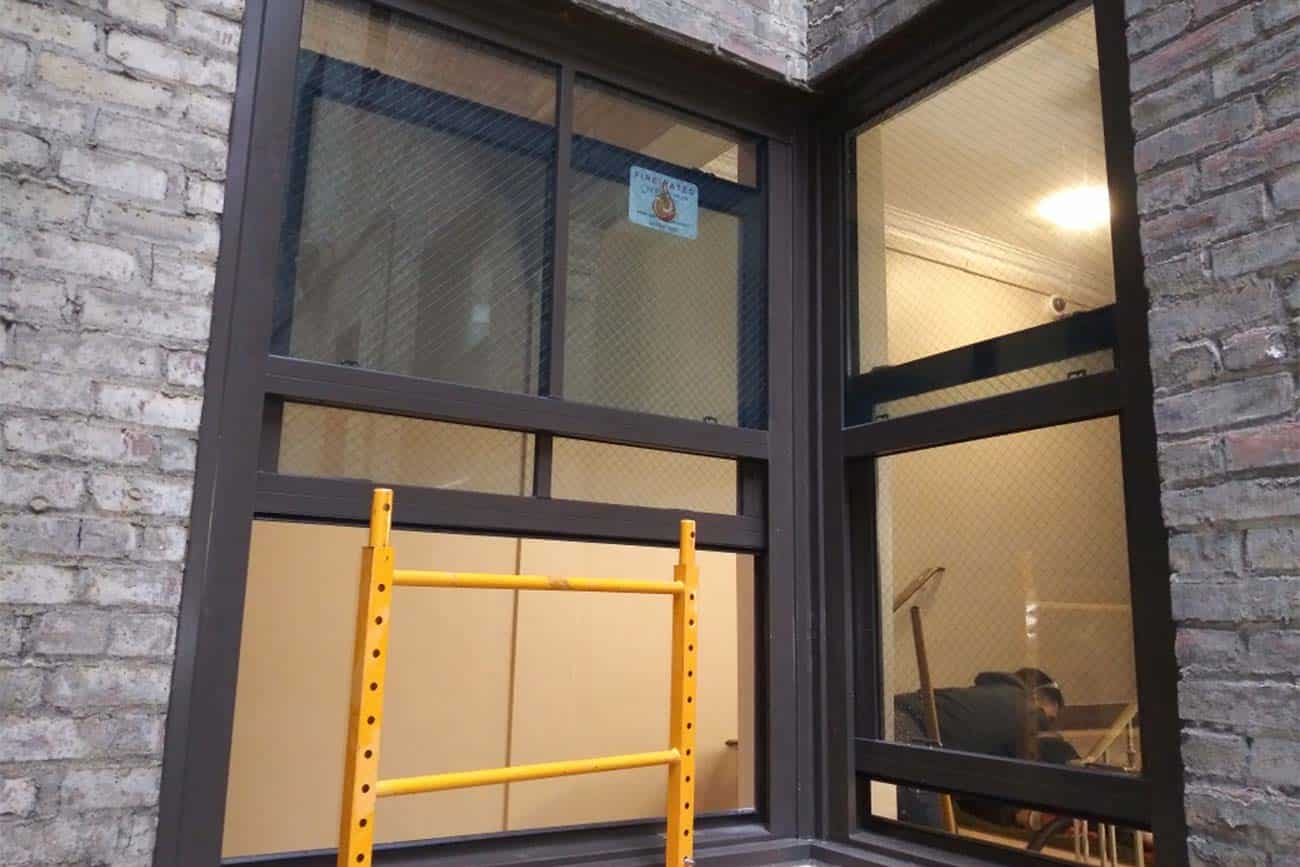
Window Safety
The safety of children is paramount, especially in urban environments like New York City, where high-rise buildings and multi-dwelling units are common. The New York City Health Code [S. 131.15] mandates specific requirements for window safety in dwellings with three or more apartments, aimed at preventing falls and injuries among young children.
In this blog post, we will delve into the intricacies of the code, discussing the importance of window guards and window stops, understanding their installation and maintenance, and addressing special considerations for older children and young adults with unique safety needs.
Understanding the New York City Health Code
The New York City Health Code (S.131.15) sets forth regulations to safeguard children residing in multi-dwelling units by mandating the provision, installation, and maintenance of window guards. These regulations apply to buildings with three or more apartments, ensuring that windows in such dwellings are equipped with appropriate safety measures to prevent falls, especially among children aged ten years or younger.
Window Guards: A Crucial Safety Measure
Window guards play a pivotal role in preventing accidental falls from windows, particularly for young children who may inadvertently lean or push against open windows. These guards typically consist of horizontal or vertical bars inserted into holding bars screwed into the inside window frame. By creating a barrier, window guards effectively restrict access to open windows, mitigating the risk of falls without obstructing airflow or natural light.
Installation and Maintenance Guidelines
Proper installation and regular maintenance of window guards are essential to ensure their effectiveness in safeguarding children. Building owners are responsible for providing and installing window guards in designated areas, including children’s bedrooms, parents’ bedrooms, and other rooms frequented by young children. Additionally, tenants without children or with children who have moved out may request and receive window guards for any reason, emphasizing the importance of proactive safety measures.
Window Stops: An Alternative Solution
In situations where window guards may not be suitable or feasible, such as historic buildings or aesthetic considerations, window stops offer an alternative solution for ensuring child safety. These devices limit the window opening to no more than four inches, preventing children from fully opening windows while still allowing for ventilation. Window stops should be installed in conjunction with other safety measures to provide comprehensive protection against falls.
Special Considerations for Unique Needs
While the primary focus of window safety regulations is on young children, it’s essential to recognize that not every window situation fits conventional solutions. Older children or young adults with special needs may require customized safety measures tailored to their specific conditions. Whether it’s implementing additional security features or employing innovative technologies, addressing unique safety needs ensures comprehensive protection for all occupants.
Take Away
The New York City Health Code underscores the importance of prioritizing child safety in residential buildings, particularly concerning window protection measures. By mandating the installation of window guards and providing guidelines for their maintenance, the code aims to prevent falls and injuries among young children living in multi-dwelling units. Additionally, the availability of window stops offers a versatile solution for ensuring safety while accommodating different architectural styles and preferences. As we strive to create safer living environments for our communities, adherence to these regulations and proactive safety measures remain paramount in safeguarding the well-being of our most vulnerable occupants.
